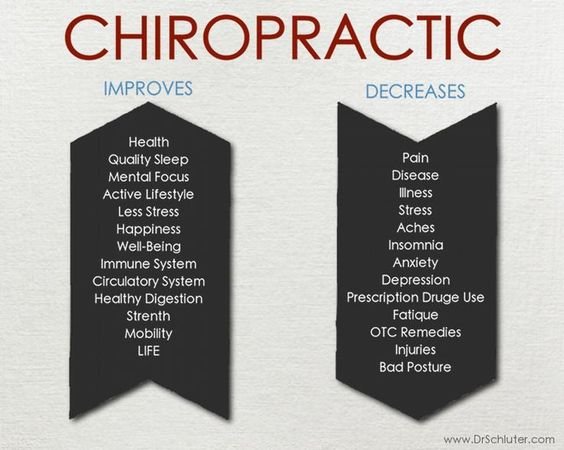Prepare To Look Into The Fascinating World Of Cellular Communications In Cold Laser Treatment And How It Uses Light To Promote Healing. Take A Deeper Study The Scientific Facets!
Prepare To Look Into The Fascinating World Of Cellular Communications In Cold Laser Treatment And How It Uses Light To Promote Healing. Take A Deeper Study The Scientific Facets!
Blog Article
Short Article Developed By-Bendix Hutchison
You may have become aware of cold laser treatment as an encouraging therapy alternative for different conditions, yet have you ever before asked yourself exactly how it actually works on a cellular level? Understanding the devices behind this treatment can clarify its efficiency in promoting healing and minimizing swelling. By discovering the scientific research behind cold laser therapy, you'll acquire insights right into the remarkable ways in which light can influence cellular processes and facilitate cells repair.
Just How Cold Laser Therapy Works
To understand just how cold laser therapy works, you need to understand the basic concepts of just how light power engages with organic tissues. click this site , additionally known as low-level laser treatment (LLLT), utilizes particular wavelengths of light to pass through the skin and target hidden tissues. Unlike connecticut hair restoration used in surgeries, cold lasers send out reduced degrees of light that don't produce warm or cause damage to the cells.
When these gentle light waves reach the cells, they're taken in by components called chromophores, such as cytochrome c oxidase in mitochondria. This absorption sets off a series of biological responses, including increased cellular energy production and the launch of nitric oxide, which improves blood flow and minimizes inflammation.
Moreover, the light energy can additionally stimulate the manufacturing of adenosine triphosphate (ATP), the energy currency of cells, helping in cellular repair and regeneration procedures.
Fundamentally, cold laser therapy harnesses the power of light energy to promote healing and reduce pain in a non-invasive and gentle fashion.
Devices of Action
How does cold laser therapy really work to generate its therapeutic effects on organic tissues?
Cold laser treatment, likewise referred to as low-level laser therapy (LLLT), runs through a process known as photobiomodulation. When the cold laser is put on the skin, the light power permeates the cells and is absorbed by chromophores within the cells.
These chromophores, such as cytochrome c oxidase in the mitochondria, are after that stimulated by the light energy, resulting in a cascade of organic responses. One key system of action is the enhancement of mobile metabolism.
The absorbed light energy enhances ATP production in the mitochondria, which is crucial for cellular function and fixing. Furthermore, cold laser treatment helps to decrease inflammation by inhibiting inflammatory moderators and advertising the launch of anti-inflammatory cytokines.
This anti-inflammatory result adds to discomfort relief and tissue healing.
Therapeutic Results
Recognizing the therapeutic results of cold laser therapy includes acknowledging how the boosted mobile metabolism and anti-inflammatory buildings contribute to its positive outcomes on biological tissues.
When the cold laser is put on the damaged location, it stimulates the mitochondria within the cells, causing boosted production of adenosine triphosphate (ATP), which is critical for mobile feature and repair. This boost in cellular power speeds up the recovery process by advertising cells regeneration and reducing inflammation.
Moreover, the anti-inflammatory residential properties of cold laser treatment aid to decrease pain and swelling in the targeted area. By hindering inflammatory moderators and promoting the release of anti-inflammatory cytokines, cold laser treatment help in relieving discomfort and enhancing the general recovery response.
This reduction in inflammation not only offers instant alleviation yet also supports long-lasting cells repair service.
Conclusion
In conclusion, cold laser therapy functions by boosting mobile fixing and cells regrowth via photobiomodulation. Its anti-inflammatory homes offer pain relief and lower swelling by preventing inflammatory moderators.
This therapy offers an extensive technique to healing, delivering both instant relief and long-lasting cells fixing advantages.
Via its devices of action, cold laser therapy shows to be an efficient and encouraging therapy choice for a selection of conditions.
